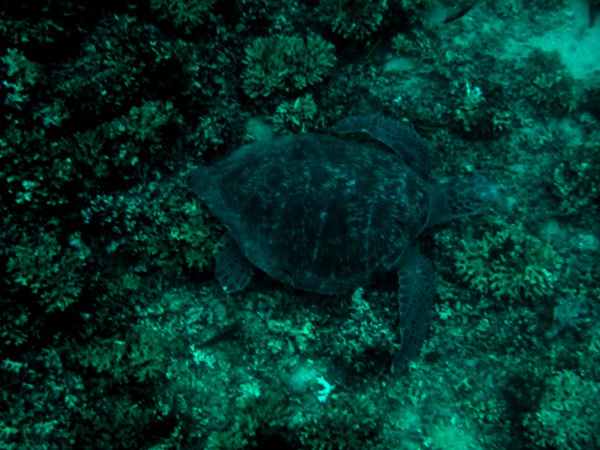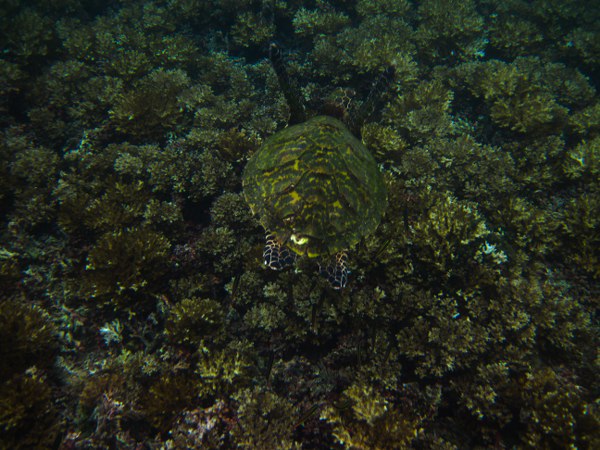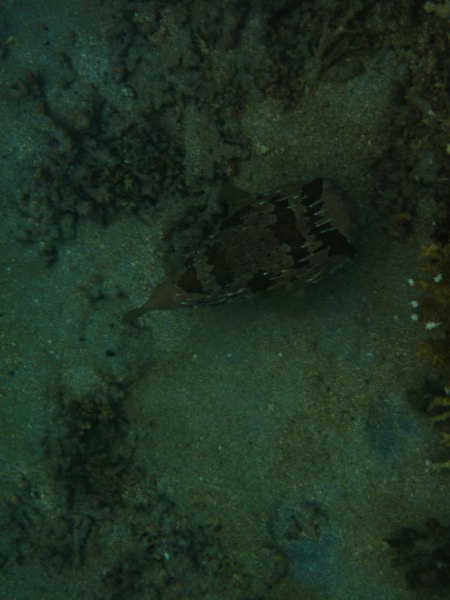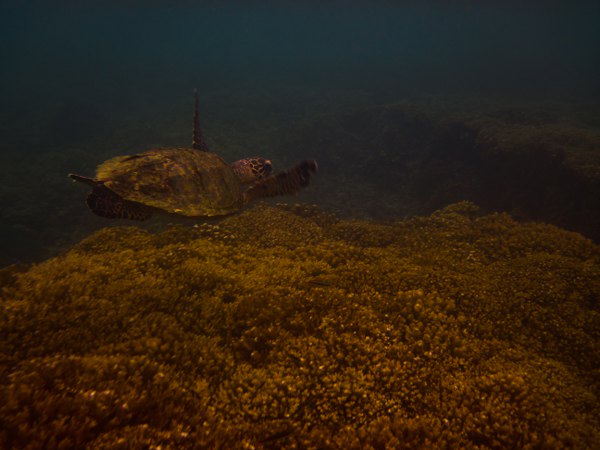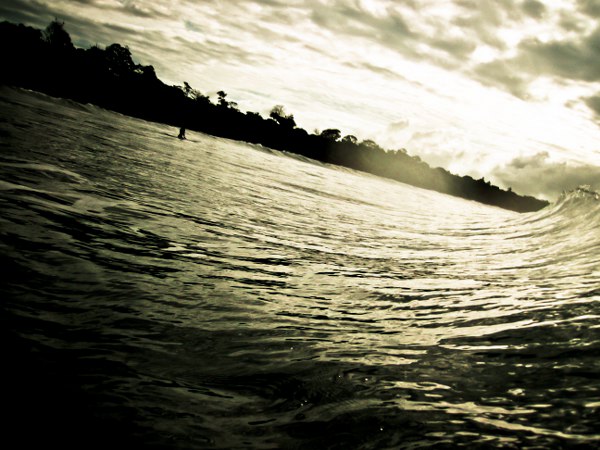Exploring Santa Catalina, Panama
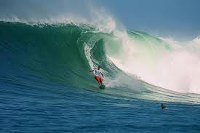
Santa Catalina is 4-5 hours from Coronado depending on traffic, roads and daylight. Located on the Pacific Coast, in the province of Veraguas, Santa Catalina has become known for its world class surf. Though well known by surfers and travelers, Santa Catalina retains a small town feel. There are no ATM’s or real grocery stores. There are several restaurants and hostels, but no large beach front hotels.
Getting There by Car
Whether you are leaving from Panama City or David, you will travel to Santiago. From Coronado to Santiago the drive is about 2 hour, from the city plan for 3 – 4 hours. The speed limit is 100 but in towns this limit drops to 60, often without warning.
When you are coming into Santiago you will reach a Y in the road coming up to a Delta Gas station stay left, this will take you off the Panamerican hwy and into the town of Santiago. After a few blocks of downtown traffic you should see a large church.
Make a Right after the church. This turn is not well marked. Continue until the Santa Catalina mural painted on the side of a store and make a left. Look out for this turn it’s only a couple blocks after the church and not well marked. From this turn onwards drive straight, following signs toward Sona.
Just before Sona you will get to a Delta gas station. This is you last gas station until Santa Catalina, since gas is only available sometime in Santa Catalina… it’s a really good idea arrive with a full tank. If this gas stations is closed or you need any supplies, you can drive onwards to Sona, it’s only about a 15 minute drive. You also don’t want to drive the road to Santa Catalina in the dark, so plan accordingly. While the road is in good condition, it’s windy and hilly; there are people walking, herds of cows, horses and chickens crossing at random. You will reach a well marked Y in the road; make a left towards Santa Catalina. The drive from the gas station into Santa Catalina will take a solid hour.
Once you reach the town, make a right just before the police station. You will pass a red store on your right after making the turn, continue into the town of Santa Catalina. The center of town is marked by a small store, with a small hostel over head and a payphone out front.
Getting there by bus
Take the San Isidro bus going to Sona from Panama City, you can try and flag this bus down on its way if leaving from Coronado. From Panama City this bus cost $6.00, it will probably cost you the same 6 bucks to catch it in Coronado. The bus ride to Sona is about 5 hours from the city, and it’s cold, so dress warm. From Sona there are 3 buses leaving for Santa Catalina daily. These buses leave at 5am, 12 noon and 4pm, from the gas station in town. This bus will cost $4.00 and for an additional $1 the bus driver will take you where you need to go. If you miss the bus a taxi will take you into Santa Catalina for about $30.00.
Where to Eat
La Buena Vida does breakfast and lunch. They are located right on the main road, on your way Santa Catalina. The restaurant offers Breakfast, Lunch, yoga classes and free Wifi. The restaurant is nicely decorated with mosaics, and artisan chairs. They have some great fresh juices, homemade granola, and interesting omelets.
The restaurant/ bar at the end of the road before it turns towards the beach has Mexican food. They offer Burritos, tacos and nachos all under $10.00. Local beers cost a dollar.
The Pizza spot Jamming is out towards the surf break. Go up Via Estero ( street with the store) go straight until you can make a right down a dirt road, you will see a sign for Jamming Pizza. Make a left at the end of this road. There pizzas are really good - Try Jamon Serrano + pineapple.
No Worries has a laid back tropical feel. The restaurant has a small outdoor bar, and dining area. Their menu offers a few fresh items severed with rice and salad. Options include sea bass fried whole, mahi mahi fillet, grilled chicken or prawns. The food was well priced ($6.00 for chicken - $12 for prawns) and tasty! Local beers were sold for $1.00.
If you are driving to Santa Catalina and staying somewhere with a kitchen, bring a cooler full of things you like to eat. You can find fresh fish across from the Police station in the at the back of the red mini super store. Ask the woman working at the front, for lobster tails, Prawns, or fresh fish, she will bring you around and show you what she has. We got 6 lobster tail, they were $10.00 a pound.
Stock up on fresh fruit and vegetables in the morning when you hear something sounding like an auctioneer outside your window. The fruit truck guys usually drive around town in the morning, you can also find fruit and the main store on the corner.
Where to stay
Rolo’s Cabins is located at the end of the main road, before it turns left towards the beach. Rolo has dorm rooms for $10.00 per bed if you are traveling alone. If you are traveling with another person or two, you can get a double or triple room in the hostel for the same price ($10.00 a bed). The rooms share a bathroom and kitchen. They have fans, but no AC. For $40 - $55 a night, you can get a room with a double bed and a single with a private washroom. There are options for a view of the ocean, hot water and satellite TV.
Rolo has surf board rentals for $10.00 a day, and guided tours to Coiba for $50.00/per person with a minimum of 6 people per trip. Other trips are available such as dive trips and surf trips.
If you are in Santa Catalina to surf and want to stay at the point Rolo has a new location close to the point, another option is Time out. Located as close as you can get by car to the point, Time out is a Santa Catalina’s newest hotel. Equipped with its own pool, bar & restaurant.
Santa Catalina Hotel is in the same location as La Buena Vida. They have private villas starting at $66.00 a night. Rooms are available with two double beds. There is an extra charge for more people.
Surfing in Santa Catalina
Santa Catalina was a well kept secret surf destination for many years. Within in the last 30 years it’s become one of the top knowen surf destinations in Central America. The point breaks all year around, but the largest waves come between February and August. The beach break in Santa Catalina is friendly when it’s small and good for beginners.
Estero – Estero is the beach all the way at the end of the street Estero. It is about a 20 minute walk away from the store at the corner or a 5 minute drive. You will have to walk across the river, in high tide it’s about waste deep. Smaller waves that break on sandy beach are consistent.
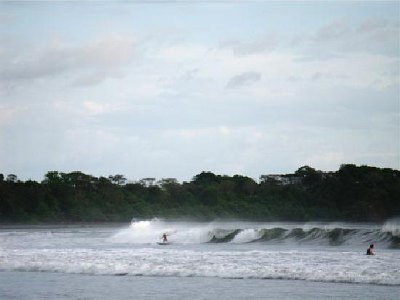
Santa Catalina is full of powerful point break for experienced surfers. There are waves year round, usually ranging from 4ft – 15ft. Waves have been seen to push 20 ft in peak season.
The point break in Santa Catalina breaks left and right, it is tall and very powerful, it should not be surfed at low tide. You cannot drive right to the point. To access it walk towards Jamming pizza, continue past the pizza place towards Time Out Cabins. Go around their wall on the outside to the left… a path will lead you towards a beach access and a hill that overlooks the point.
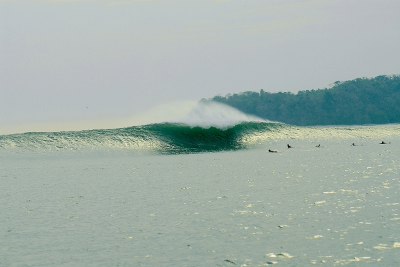
Some other breaks around Santa Catalina are...
Punta Brava is a series of 3 breaks, 2 lefts and 1 right. The breaks are about a half hour walk. They break over a volcanic rock bottom.
Punta Roca is about a 45 minute walk or 10 minute boat ride that breaks left.
San Pedrillois a beach break 20 minutes by boat from Santa Catalina.
Cimarron, is a left break off a small island, with a short paddle in.
There are breaks off Isla Cebaco and Coiba. Boat rides out to them can take between 45 and 4 hours. Surf trips are available but costly, running about $300 per group.
Coiba National Park
The National Park covers a group of 38 islands and the waters that surround them. The Coiba National Park cover 535km2 of land, and protects 2165km2 of the surrounding waters. Limited fishing is allowed in the area and an admissions fee must be paid to access the land.
Coiba is about an hour boat ride away from Santa Catalina, the boat ride is $50.00 per person, plus a $20.00 per person park admission, the admission allows you to visit parts of the main island and snorkel or drive in its protected waters.
On our trip we saw several turtles and reef sharks a medium sized manta ray, lobster and lots of tropical fish. We were lucky enough to see dolphins and a humpback whale in the distance on our way out to the island.
The island is well preserved. Its long-time preservation is largely due to the Coiba prison. The prison harbored some of Panama’s most dangerous criminals, and deterred development from 1919 – 2004. In 2002 the Coiba became a National Park, and in 2005 Unesco declared Coiba National Park a World Heritage site.
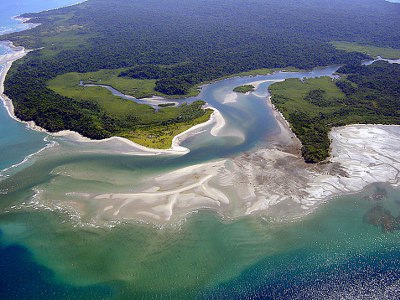
Coiba – The Prison
When we secured our early morning boat trip to Coiba, we were excited to see the abandoned prison that we had heard so many stories about. On our walk to the boat friends relayed several different stories on why we could not visit the prison. The first story involved wild dogs taking over the grounds; the second involved a band of outlaws who were being held up there. We suspected neither story was true, and rather that our guides were not interested in traveling around the island. It turns out you need permission from the government to visit the prison.
The Coiba prison was created in 1919 as a rehabilitation camp for dangerous criminals serving long sentences. At its height the prison held 3000 prisoners in 30 different camps around the island. Under the dictatorship of Noriega and Torrijos the island became a political prison.
After the fall of the dictatorship, Coiba continued on as a criminal prison and rehabilitation camp. Prisoners spent their days farming and ranching on the island, providing food and recourses for the prison. The prison closed its doors and relocated its prisoners in 2004.
Traveling from Santa Catalina to Boquete by Car
Rather than going back to Santiago, take a left at the Delta gas station towards Sona. This will save you a couple of hours. Drive right though the town of Sona and go straight until you hit the Panamerican hwy. You will see a bus station to your left. Make a left going towards David. A right will take you back to Santiago. The drive from Santa Catalina to Boquete will take 3 – 4 hours by car.
Traveling from Santa Catalina to Boquete by Bus
Buses leave Santa Catalina from the main store in town 3 times a day. There are no taxis around, unless someone is coming in on one from Sona. You will catch a bus going to Santiago. From Santiago you will catch a bus to David, and from David you will get on a bus going to Boquete.
Bus vs. Car
Buses are cheap, while renting a car can cost anywhere from $50.00 - $100.00 a day, so if you’re traveling on a budget, the bus is the way to go. It also depends on how much time you have to spend on travel days. The bus can take significantly longer because it stops along the way. You also miss out on some of the scenic routes you can take only by car.
The trip was a lot more flexible with a car. The view was picturesque as we got to drive through more mountains and towns, taking short cuts though the country.
If you do drive ask around in towns for people traveling on. Many backpackers traveling through Panama plan to visit Santa Catalina, Boquete and Bocas Del Toro. We made some friends in our hostel, Rolo’s Cabins, who were traveling to Boquete on the same day as we were. They said the bus ride with stops and transfers would have taken them around 7 hours. They were very happy to take a ride to Boquete and to split the cost of gas.
If you are driving, watch your speed! The bus drivers know where the cops like to sit, it’s not a bad idea to stay behind one and adjust your speed accordingly. Look out for sign that say “reduzca su velocidad”, there are more of these than actual speed limit indicators. Also look out for people flashing their high beams at you; they are letting you know there are cops sitting up ahead.





